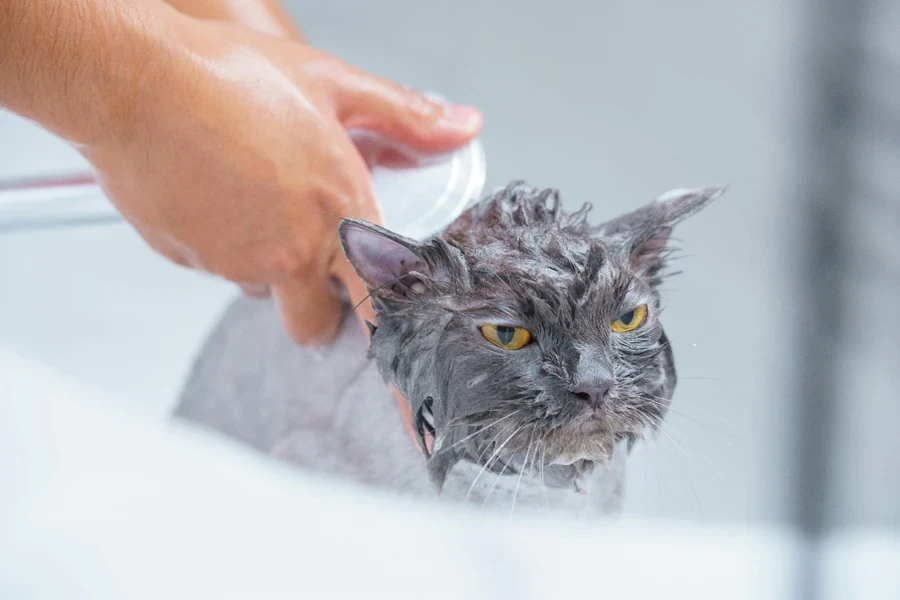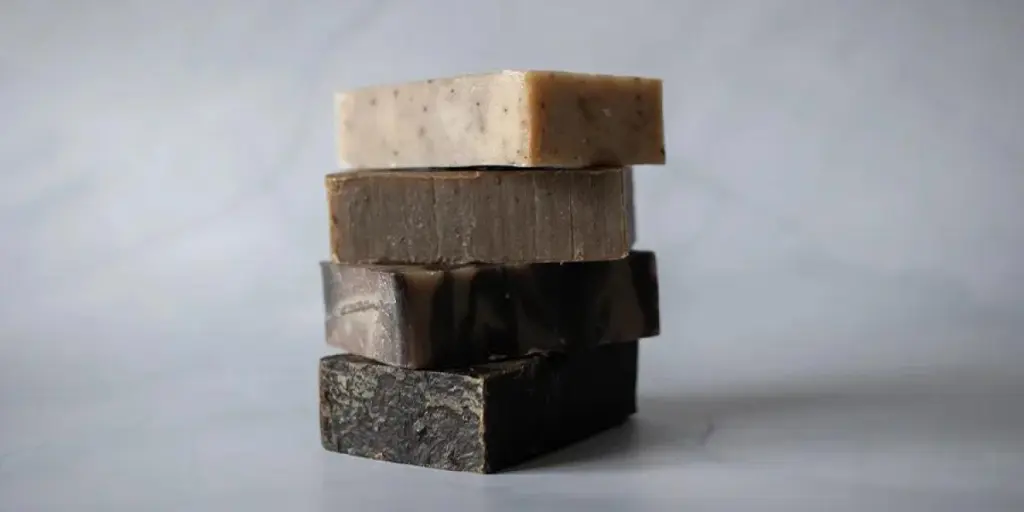Pet wipes have become an essential solution in the pet care industry, addressing the growing demand for convenient and effective grooming products. Their versatility makes them ideal for cleaning paws, fur, and sensitive areas while promoting pet hygiene. As the market continues to expand globally, understanding its trends and product features is crucial for businesses looking to cater to this lucrative segment. This article delves into the evolving pet wipes market, explores product types, and provides expert insights for selecting the right options to meet consumer expectations. By leveraging this information, professional buyers can make informed decisions to enhance their offerings.
Table of Contents
● The thriving pet wipes market: Key trends and growth drivers
● A wipe for every need: Exploring types and benefits
● What to look for when choosing the perfect pet wipes
● Conclusion
The thriving pet wipes market: Key trends and growth drivers

Dynamic growth in the pet wipes industry
The global pet wipes market was valued at $0.6 billion in 2023 and is projected to reach $1.1 billion by 2032, growing at a compound annual growth rate (CAGR) of 6.5%, according to Business Research Insights. This growth is driven by increasing pet ownership, particularly in urban settings, where hygiene solutions are crucial for busy pet owners. Rising demand for sustainable and hypoallergenic products also contributes significantly, as more consumers prioritize eco-conscious purchasing choices.
Regional market highlights
North America leads the global pet wipes market with a 35% share as of 2023, valued at approximately $0.21 billion, driven by high pet adoption rates and access to premium pet care products. The Asia-Pacific region is the fastest-growing, with a 7.1% CAGR, fueled by increasing urbanization, rising disposable incomes, and growing awareness about pet hygiene in countries like China, Japan, and South Korea. Europe, accounting for 25% of the market, emphasizes environmentally friendly options, reflecting consumer preferences for sustainable pet care solutions.
Key growth drivers and emerging trends
The pet humanization trend, where pets are treated as family members, continues to expand spending on grooming and hygiene products. The online retail boom has enhanced the availability and variety of pet wipes, making them accessible to a broader audience. Additionally, manufacturers are innovating with biodegradable and hypoallergenic formulations, meeting both environmental and health concerns. The shift toward eco-friendly packaging and natural ingredients further underscores the market’s adaptability to consumer preferences.
A wipe for every need: Exploring types and benefits

General cleaning wipes for everyday use
General cleaning wipes are essential for maintaining pet hygiene between baths. These wipes typically measure 20-25 cm in length, providing adequate coverage for cleaning paws, fur, and minor dirt without requiring a full bath. Many of these wipes include a balanced pH formulation specifically designed for pets, which prevents irritation on sensitive skin. Common materials used are non-woven fibers, which ensure durability while being soft enough for frequent use. Their moisture retention technology allows effective dirt removal without excessive dripping or drying out.
Specialized options for targeted care
Ear wipes
These wipes are pre-soaked in solutions containing glycerin or boric acid, which help dissolve wax and debris while reducing the risk of ear infections. The material is often smaller and rounder, designed for delicate cleaning inside ear crevices without causing discomfort.
Dental wipes
Featuring active ingredients such as sodium bicarbonate or chlorhexidine, these wipes are effective at reducing plaque buildup and preventing tartar. Their texture is slightly abrasive, designed to mimic the action of brushing while being gentle on gums.
Paw wipes
Infused with antimicrobial agents such as benzalkonium chloride, paw wipes eliminate allergens and prevent cross-contamination after outdoor activities. Their higher tensile strength makes them resistant to tearing when cleaning rough surfaces like paw pads.
Eye wipes
Often enriched with saline solution, these wipes help clear tear stains and debris while ensuring sterility to prevent irritation. Their small size and ultra-soft texture allow for precise cleaning around the eyes without causing harm.
Eco-friendly options
Eco-friendly pet wipes are manufactured using materials such as bamboo fibers or organic cotton, both known for their biodegradability. These wipes often adhere to certifications such as OEKO-TEX® or GOTS, ensuring they meet global environmental standards. Reusable variants include options made with microfiber cloths, which can withstand multiple washing cycles while maintaining their cleaning efficiency. Biodegradable wipes are tested under ASTM D6400 conditions, verifying their ability to decompose within specified timeframes under composting environments.
Key technical features enhancing usability
Pet wipes often employ advanced moisture-lock technology, preventing them from drying out even in partially opened packaging. Hypoallergenic wipes are free from sulfates, parabens, and alcohol, relying on natural surfactants for cleansing. Many products now feature enhanced texturing, such as micro-dots, which improve grip and increase cleaning efficiency by trapping debris effectively. Additionally, some premium products include antioxidants like vitamin C or E, which support skin repair and coat health, adding an extra layer of functionality to routine hygiene practices.
What to look for when choosing the perfect pet wipes

Ingredients matter for safety and effectiveness
The formulation of pet wipes is a critical consideration, especially for animals with sensitive skin. Products containing alcohol, parabens, or artificial fragrances can cause irritation and long-term skin issues, particularly when used frequently. Opt for wipes enriched with natural oils, aloe vera, or chamomile, as these ingredients soothe and moisturize the skin while ensuring safe cleaning. Wipes that incorporate antibacterial agents like benzalkonium chloride offer additional protection against germs but should still avoid harsh chemicals to maintain a balanced pH compatible with pet skin.
Matching the product to specific needs
The choice of wipes should align with the intended purpose. Disinfectant wipes, formulated with agents like chlorhexidine or neem oil, are ideal for wound care and post-bathroom cleaning. For odor control, deodorizing wipes containing natural scents such as lavender or citrus oils effectively neutralize unpleasant smells while leaving pets refreshed. For general use, multi-purpose wipes provide a balance of cleaning and conditioning properties, making them suitable for everyday grooming. Identifying the specific use case ensures the product delivers optimal performance.
Size and durability tailored to breed and tasks

Pet wipes are available in a range of sizes, and selecting the appropriate size is important for effective use. Larger pets or tasks involving significant dirt removal require thicker and larger wipes that can withstand pressure and repeated use without tearing. These wipes often feature reinforced fibers or textured surfaces to handle tough messes efficiently. Conversely, smaller wipes with softer textures are better suited for delicate areas like the face or for smaller breeds.
Eco-friendliness to minimize environmental impact
With growing emphasis on sustainability, pet wipes made from biodegradable materials such as bamboo or plant-based fibers are becoming increasingly popular. Reusable wipes, made from organic cotton or microfiber, reduce waste significantly and align with eco-conscious consumer preferences. Certifications like Compostable ASTM D6400 or OEKO-TEX® Standard validate the environmental benefits of these products. Selecting eco-friendly options is not only a responsible choice but also aligns with market trends favoring sustainable pet care.
Packaging convenience for portability and freshness
The packaging of pet wipes plays a vital role in maintaining product quality and ease of use. Resealable packs with snap lids or adhesive closures prevent moisture loss and extend the product’s shelf life. Compact and travel-friendly designs are ideal for on-the-go grooming, ensuring that wipes remain accessible during trips or outdoor activities. Packaging that incorporates dispensing mechanisms to pull out one wipe at a time enhances usability, reducing waste and ensuring hygiene during handling.
Conclusion

Pet wipes provide an efficient and reliable solution for maintaining pet hygiene, addressing the needs of both routine grooming and targeted care. With a variety of types and features available, understanding product specifications and aligning them with specific needs ensures effective and safe usage. By focusing on ingredients, durability, eco-friendliness, and packaging, businesses can confidently select and recommend products that enhance the well-being of pets while meeting consumer demands.




